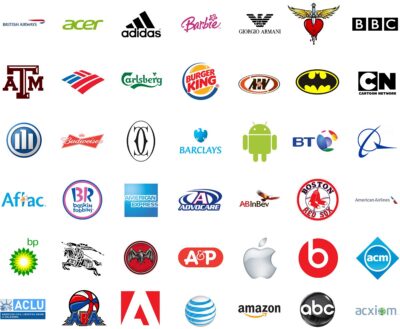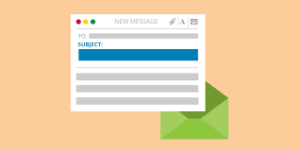A logo symbolises your brand and business. It’s what makes the first impression on your prospective customers. It represents you, your products and services, and your values.
But how the heck do you effectively communicate all that with an image? Designing or creating a logo can be hard work if you don’t know where to start.
In this post, I’ll run through 5 things you should keep in mind when designing an iconic logo for your business and brand. But first, let’s take a look at the different types of logos you can choose from.
The 7 types of logo
1. Pictorial Logo
- These logos consist purely of images without any words
- These are used by a lot of companies that have a wide presence and are well-known
- Examples: Twitter, Apple, Facebook
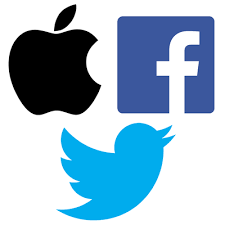
2. Wordmark Logo
- This type of logo consists of your brand name
- These logos help build brand awareness, increase brand recognition, and make your brand or company name more memorable
- Examples: Google, Yahoo, Coca-Cola
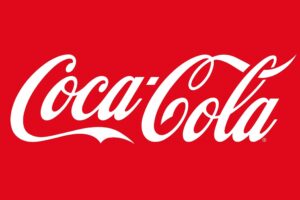
3. Lettermark Logo / Monogram Logo
- These logos consist of abbreviations of your company name or brand initials
- Typically used by organisations with long names
- Examples: IBM, NASA, HBO

4. Mascot Logos
- These logos use mascots or characters that represent your brand or company
- Used a lot in the food industry, and also in businesses where the target audience is young
- Examples: KFC, Pringles, Kool-Aid
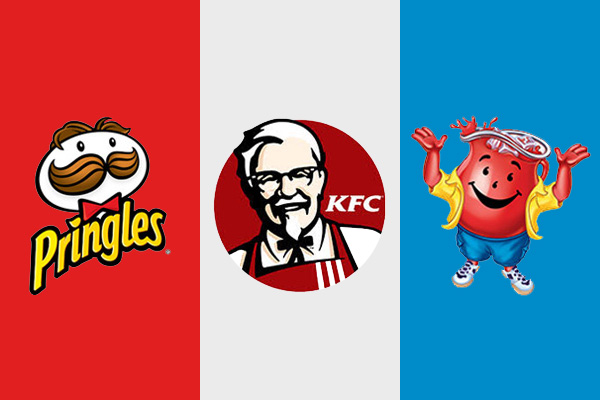
5. Abstract Logos
- These logos consist of images that don’t necessarily directly link to your brand, or your products or services
- Are used to communicate brand values, or to tell the story behind the brand/company
- Examples: Nike, Pepsi, Adidas
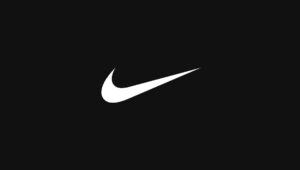
6. Emblem Logos
- Consists of text inside a symbol or an icon e.g. badges, crests, and seals.
- Tend to have a traditional appearance about them that denotes formality, history, and tradition
- Work well for intuitions such as universities, government departments, or public services
- Used by many sports teams, particularly teams and clubs that were established a long time ago
- Examples: FBI, Oxford University, Manchester United Football Club
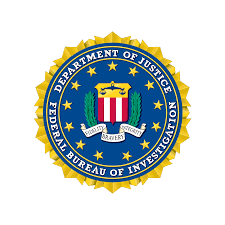
7. Combination Logos
- A combination of a wordmark or lettermark with pictorial, abstract, or mascot.
- The image and text can be stacked on top of each other, laid out side-by-side or integrated
- Helps consumers to build associations between your pictorial or mascot and your brand name
- Examples: Puma, Burger King, Red Bull
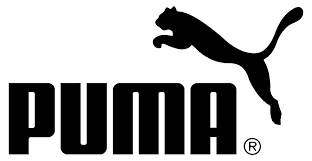
5 tips for creating an iconic logo for your business
1. Choose a logo that best matches your product and your market
When designing your logo you need to keep in mind the industry or market you operate in, and the nature of your products and services. Are you a food retailer? A fashion designer? Do you create and sell tech products?
The market and industry you operate in will indicate which type of logo you should go for. There is flexibility with this of course, but in general, you want to align your logo closely with your brand name, the products you sell, or the industry you are in.
If you are a luxury goods manufacturer then you want your logo to communicate attributes like quality and luxury – so make sure you use the right type of fonts, and make the correct use of colour etc.
Think about what message you want your logo to convey – how do you want people to think or feel when they see your logo? This will help you to select which type of logo from the 7 logo types you should use, as well as select the font type and colour scheme etc.
2. Make your logo timeless
When designing your logo you should avoid designing it around any current trends or fads in your marketplace. Trends can change very quickly so you don’t want your logo to become outdated and obsolete within a short period of time.
Make your logo evergreen and timeless and think long-term about how it will be perceived in 2, 5, 10, or 20 years time from now.
You want it to still be relevant regardless of what is happening in your market right now, or what will happen 10 years from now, so think about a design that will stand the test of time.
3. Make use of colour psychology and choose your colour theme wisely
Colours have meaning behind them and can communicate certain qualities or attributes.
It is therefore important to understand the psychology of colour and what these colours say about your brand when deciding which colours to use in your design.
Click here to read more about colour psychology in marketing and branding.
When you are deciding on the colour scheme of your logo you should first make sure that it is “on brand” with your product, your market and industry. If you are in the wedding industry then having an all-black logo probably wouldn’t be a good fit.
Here are a few qualities and attributes most associated with each colour. There are both positive and negative associations for each.
Red: danger, warning, emotional, aggression, action
Blue: intelligence, calm, stability, passive, cold
Green: fresh, life, nature, sick, envy, greed
Yellow: energy, vibrant, happiness, sickness, cowardice
Purple: royalty, wealth, prestige, spirituality, moodiness, introvert
Orange: creative, warmth, happiness, despair, discordance
Black: bold, courageous, elegance, serious, death, mourning
White: pure, simplicity, sterile, emptiness, void, isolation
Try not to have too many different colours in your logo. A maximum of 3 colours should be enough, with 1 being the major colour and the other 2 being minor or background colours.
4. Make your logo distinctive
You want your logo to stand out from the crowd. There are literally millions of logos out there, and as a marketer, you want to make sure your logo gets heard above the noise.
You need to make your logo distinctive enough so that it doesn’t get confused with another brand or company. Making your logo distinctive also means your logo will be easy to remember as we tend to remember things that are unique more than things that are overly similar.
Being distinctive also grabs attention, which is important in today’s crowded marketplace. When your prospects can easily identify and remember your logo they’ll be able to establish a better connection between your logo and your brand, your product, and your company values.
5. Make your logo simple
The most iconic logos are simple. Think about some of the most iconic logos that are super simple in design – Nike, Apple, or Twitter.
In general, simple logos are more easily recognisable, more memorable, and easier to build brand affinity with. “Simple” does not have to mean boring – it just means that you are including only those things that are relevant, and you are getting rid of everything that is irrelevant.
Declutter your logo by removing anything that is non-essential and that could potentially cause a prospect to lose interest or confuse them. The other benefit of having a simple logo is that it makes it easier to be versatile, which brings us to our next point…
6. Make it versatile
With so many channels and platforms available to advertise on it’s important that your logo is functional and looks good across various mediums.
Think about all the places your logo is likely to be: business cards, email signatures, display ads, social media, TV, billboards, on labels, vehicles, and branded merchandise such as pens, keychains, hats, t-shirts etc.
A versatile logo will look good in any size, in any colour, and in any medium.
Try to keep the fonts clear, simple and easy to read. People should be able to read your tagline (if your logo has one) regardless of what size the logo is. Also, try to stick with a relatively simple colour scheme so that it’s not too much of an eyesore. There may also be instances where you can’t use your full-colour logo, so make sure that the logo is versatile enough that it still looks good in black and white.
A final note on designing your logo is to ensure that every element on it means something and communicates something positive about your brand. If it doesn’t then you may need to think about removing it. Keep what work, and remove what doesn’t.
Once you have a few designs you can do some market research to find out which one people prefer and why. Sometimes it’s best to put our own opinions aside and listen to the people we are serving – our customers and those within our target market!
You can create a survey, create a blog post, or post the designs to your social media pages. Ask people to rate each design and give you some feedback on each one.
If you follow the tips above you’ll have an iconic logo for your business and brand that will help you grab attention, grow your brand awareness, and communicate your brand values.

